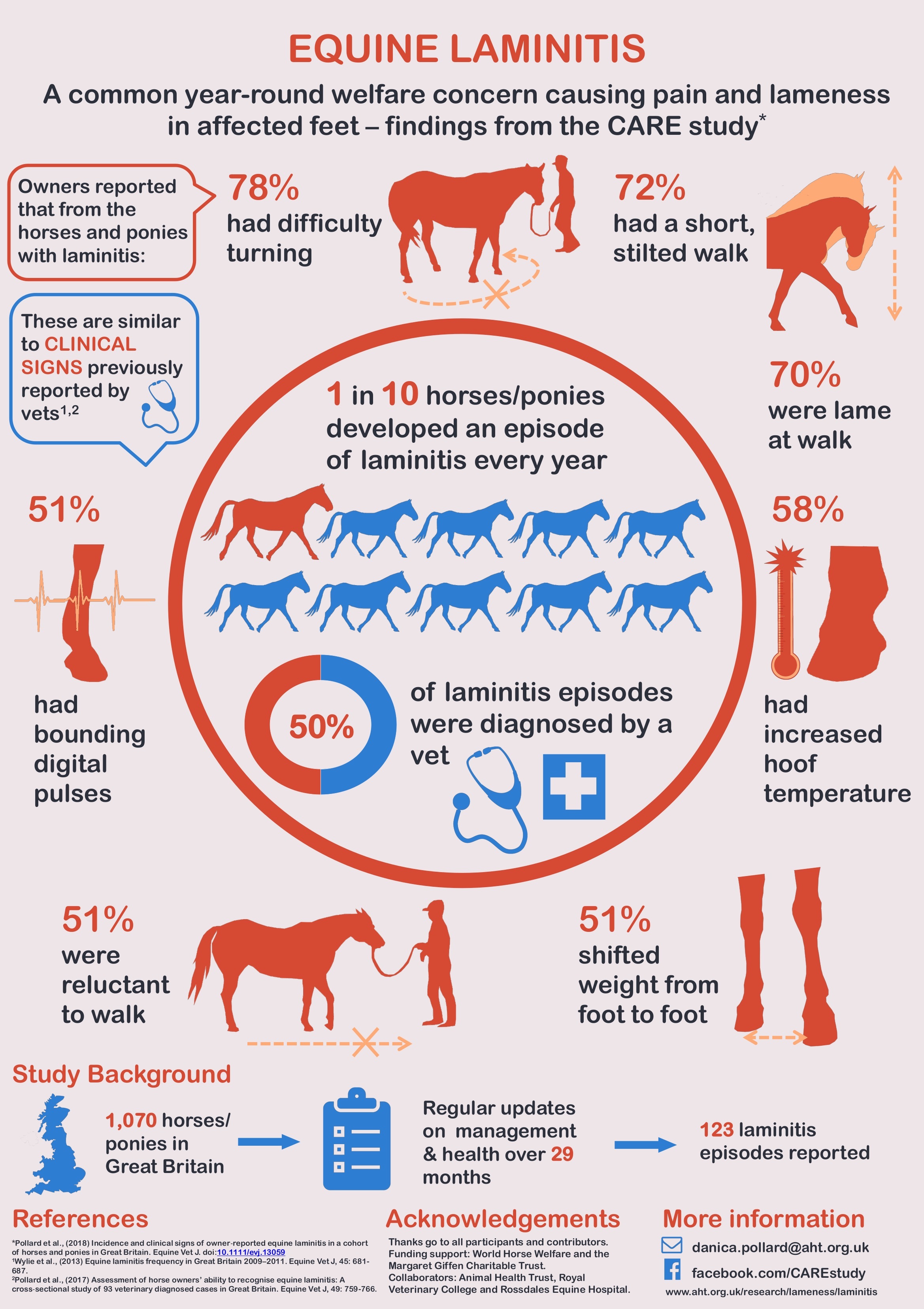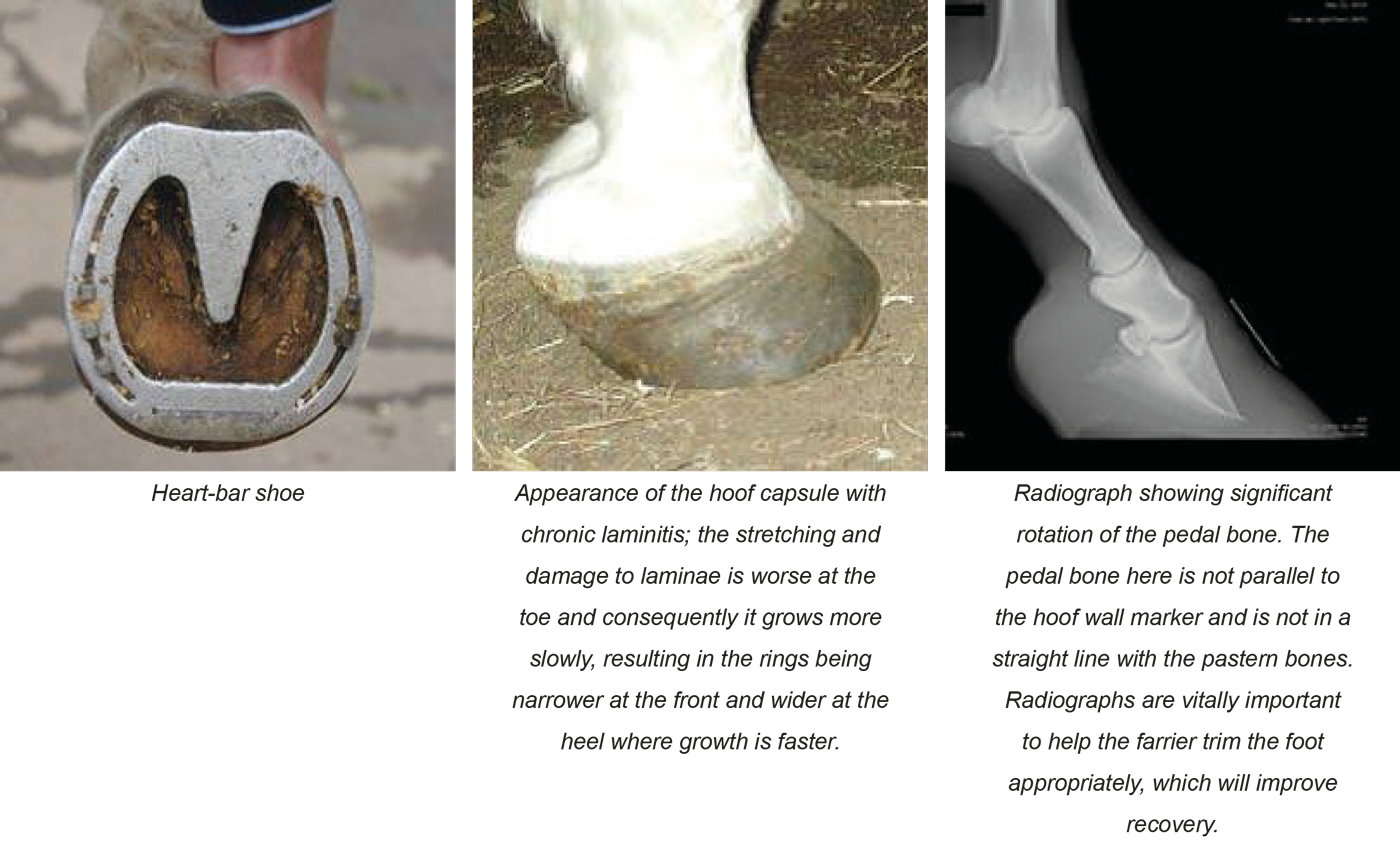Laminitis is a common and often debilitating condition that affects horses of all ages and breeds. It is a painful and potentially life-threatening disease that can have a significant impact on a horse’s well-being and performance. Understanding the causes, symptoms, and treatment options for laminitis is crucial for horse owners, trainers, and veterinarians to effectively manage and prevent this condition.
What Is Laminitis?

Laminitis, also known as founder, is a painful and complex condition that affects the sensitive laminae within a horse’s hooves. The laminae are interlocking structures that connect the hoof wall to the coffin bone, providing support and stability to the foot. When a horse develops laminitis, these laminae become inflamed and weakened, leading to separation and displacement of the coffin bone within the hoof capsule.
Causes of Laminitis
There are various factors that can contribute to the development of laminitis in horses. Some common causes include:
Dietary Factors
One of the primary causes of laminitis is an imbalance in the horse’s diet, particularly overconsumption of high-sugar or high-starch feed. When horses ingest excessive amounts of carbohydrates, it can lead to an overgrowth of harmful bacteria in the gut, which can cause systemic inflammation and trigger the onset of laminitis.
Metabolic Conditions
Horses with metabolic disorders such as equine metabolic syndrome (EMS) or Cushing’s disease (pituitary pars intermedia dysfunction, PPID) are at a higher risk of developing laminitis. These conditions can disrupt the horse’s hormonal balance and lead to insulin resistance and abnormal fat metabolism, increasing the likelihood of laminitis.
Excessive Weight-Bearing
Overloading of the feet due to excessive weight-bearing, whether from prolonged standing on hard surfaces or uneven weight distribution, can also contribute to the development of laminitis. This is particularly common in horses that are overweight or have conformational abnormalities that affect their gait and posture.
Endocrine Disruptions
Certain endocrine disruptors, such as excessive stress, trauma, or the administration of corticosteroids, can disrupt the normal function of the horse’s hormonal system and contribute to the development of laminitis.
Signs and Symptoms of Laminitis
Recognizing the early signs of laminitis is crucial for prompt intervention and management. Some common symptoms of laminitis in horses include:
– Lameness or reluctance to move
– Shifting weight from one foot to another
– Increased digital pulse in the affected hooves
– Heat or sensitivity in the hoof wall
– Abnormal hoof growth or rings
– Lameness on hard or soft surfaces
– “Sawhorse” stance or leaning back on the hind legs
– Reluctance to pick up or put weight on the affected foot
Diagnosis and Treatment
Diagnosing laminitis involves a thorough physical examination, including hoof testing, radiographs, and assessing the horse’s medical history and management practices. Once diagnosed, the treatment of laminitis focuses on addressing the underlying cause and alleviating the associated pain and inflammation. This may include:
– Adjusting the horse’s diet to reduce sugar and starch intake
– Providing supportive hoof care, such as therapeutic shoeing or trimming
– Administering anti-inflammatory and pain-relieving medications
– Managing any underlying metabolic or endocrine conditions
– Implementing proper environmental and exercise management to reduce stress on the hooves
Prevention and Management
Preventing laminitis in horses involves a comprehensive approach that addresses the various risk factors associated with the condition. Some key strategies for preventing and managing laminitis include:
– Monitoring and controlling the horse’s diet to ensure a balanced and low-sugar/starch intake
– Providing regular exercise and turnout to promote circulation and healthy hoof function
– Maintaining a healthy body condition and weight management to reduce stress on the feet
– Implementing proper hoof care and regular farrier visits to ensure optimal hoof balance and support
– Monitoring and managing any underlying metabolic or endocrine conditions through veterinary oversight
Curious about common equine health issues like stringhalt, Cushing’s disease, or moon blindness? If you’re interested in learning more about horse health, you might find our articles on stringhalt in horses, Cushing’s disease in horses, and moon blindness in horses quite enlightening!
Conclusion

In conclusion, laminitis is a complex and often devastating condition that can have profound effects on a horse’s health and well-being. By understanding the causes, symptoms, and treatment options for laminitis, horse owners and caretakers can take proactive measures to prevent and manage this condition effectively. With proper nutrition, hoof care, and veterinary oversight, it is possible to reduce the risk of laminitis and provide horses with the support they need for healthy and pain-free hooves.



